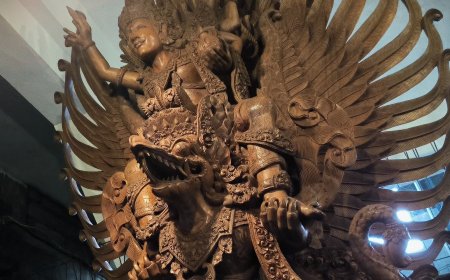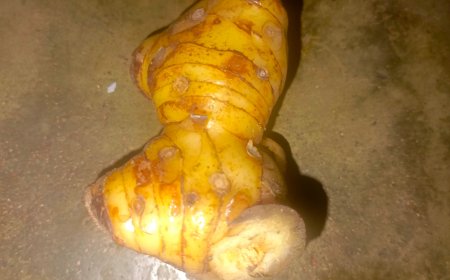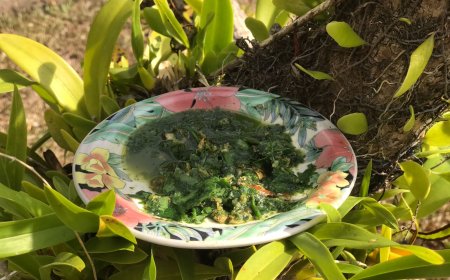Don Delem : A Remedy and Promising Business Oppotunity
At first glance, the name of this leaf may sound like one of the punakawan characters in the traditional puppetry tradition in Bali. Nilam leaves, commonly known by Balinese people as Don Delem, are leaves that commonly grow in the Asian region and have numerous benefits for us. Another name for Nilam leaves is Pogostemon cablin. These leaves are often found in Indonesia and are utilized for various purposes, ranging from the production of essential oils due to their fragrant and distinctive aroma, to traditional medicine due to their rich benefits.
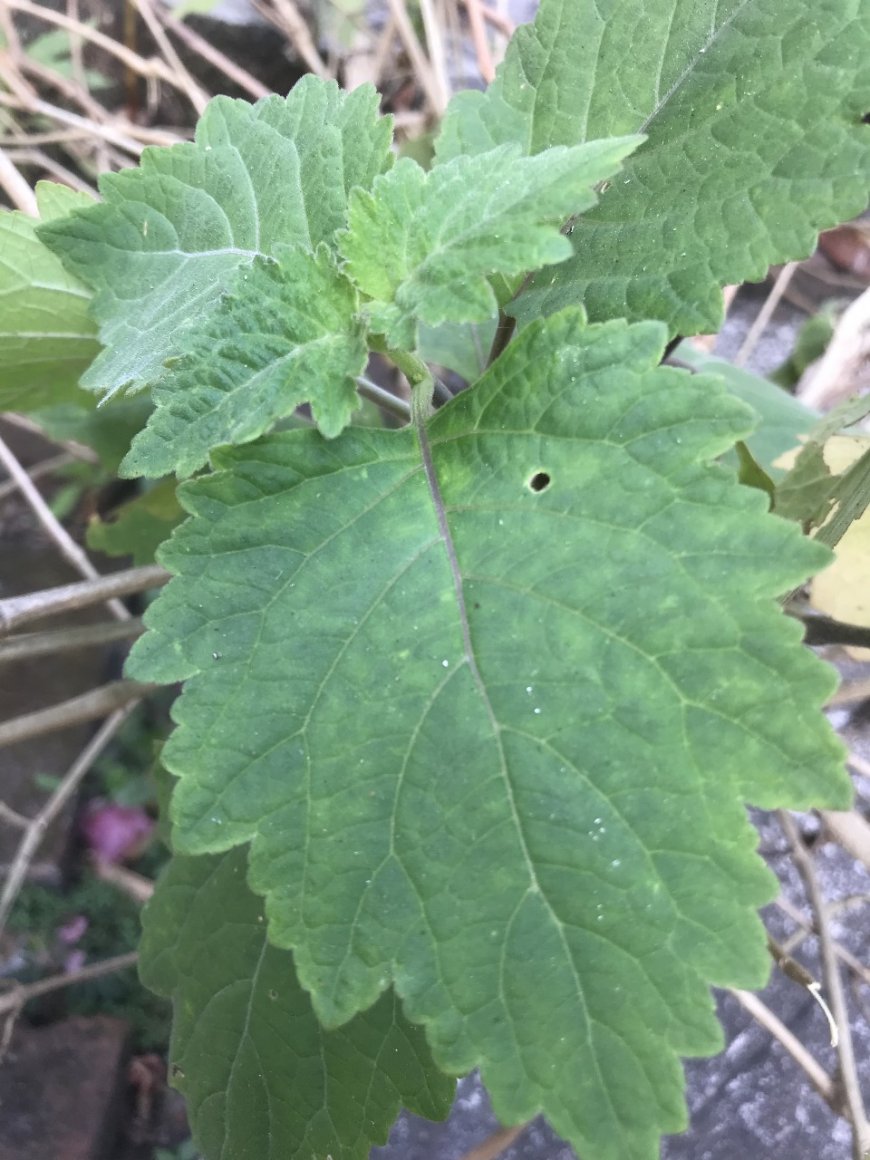
Usadha is a method of treatment that utilizes herbal remedies believed to have originated from the teachings of the Ayur Weda scripture. The Ayur Weda scripture is a classic text that discusses the fundamental principles of medicine, patient examination procedures, disease diagnosis, drug preparation, and medical ethics. In the context of Bali, Usadha Bali is believed to integrate the knowledge from the Ayur Weda scripture with the natural resources and culture of the Balinese community.
There are no specific records that mention “nilam” leaves in the classical texts of the Ayur Weda scripture, which serve as the foundation of the Usadha Bali medical system. The Ayur Weda scripture primarily focuses on the fundamental principles of original Indian Ayurvedic medicine, while the use of “nilam” leaves is likely more of a part of the local tradition and traditional medical practices that have developed in Bali over the years.
The use of “nilam” leaves in Usadha Bali is more likely the result of knowledge and experiences passed down through generations in the Balinese community, as well as local adaptations to the natural resources available in their environment. Therefore, the use of “nilam” leaves in the context of Usadha Bali may not be directly related to the Ayur Weda scripture but is more a part of the traditional healing heritage of Bali that has evolved over time.
In Usadha Dalem, "nilam" is mentioned as one of the ingredients used in making essential oils. Usadha Dalem itself is an usadha that discusses how to treat facial diseases and also skin diseases. The use of "nilam" leaves is combined with other ingredients such as tea, pandan arum, urang-aring, candlenut, etc. with each ingredient weighing 1 ounce, then fried using coconut oil over low heat for 6 to 8 hours. Next the oil is ready to be used or packaged. This has been done for a long time at Puri Damai, which is a 1.5 hectare natural laboratory that was founded by applying the concept of "Returning Bali to Nature" and "Building Community Trust with Traditional Medicines" by Wayan Damai .
The tree of “nilam” leaves typically grows between 500 to 1000 centimeters. The characteristics of this plant's stem include having multiple stems with fine hairs around them. The plant's stem is relatively large, approximately 20 cm, with a bluish-purple color. This plant is most commonly found in high and cool areas, with temperatures around 24 to 28 degrees Celsius.
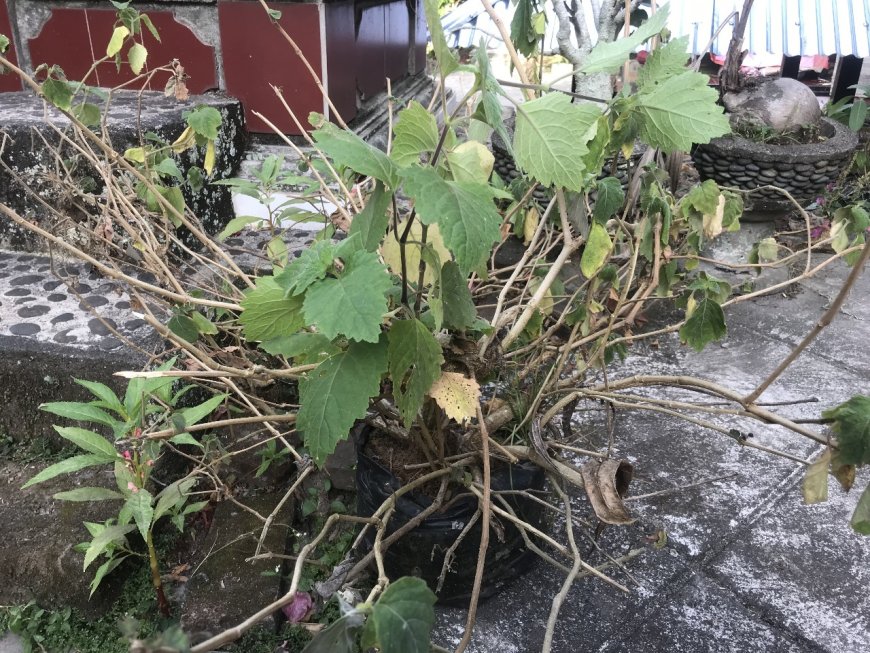
Nilam Plant (Photo Source : Private Collection)
The most frequently used and harnessed part of the “nilam” plant is its leaves. Balinese people are undoubtedly familiar with the term "Boreh." For those who may not be acquainted with this term, "Boreh" is a traditional powder in the Balinese community that is commonly used on both children and adults to prevent skin-related issues like itching or other skin conditions. Hence, a significant portion of the Balinese population is already familiar with the distinctive aroma of "Boreh," which is created using “nilam” leaves.
Apart from being used as boreh, “nilam” leaves can also be used as various kinds of medicine. One of them is medicine to prevent us from getting infections. Infection can occur if the wound is not treated properly so that the wound gets bigger or gets worse. By using “nilam” leaves which are squeezed until the juices are released from the leaves, then affixed to an open wound so that the extracted “nilam” extract can absorb into the wound and can stop the spread of wounds and infection.
Not only its leaves, but the roots of this plant can also be utilized to alleviate rheumatism, which nowadays affects not only the elderly but also young adults and even children are not immune to this disease. You can address this condition by crushing and then applying the “nilam” plant's roots to the affected area. After applying it evenly, leave it until it dries, and then rinse it with warm water. The benefits will be felt if done consistently and regularly.
This plant can also be used to maintain kidney health, as we know, the kidneys are one of the vital organs in the human body that play a crucial role in our health. If the kidneys have problems, it can disrupt other functions in our body, so it's worth taking care of kidney health. Consuming boiled “nilam” leaves can help maintain kidney health. There are substances in “nilam” leaves that can contribute to kidney health.
“nilam” leaves can also be utilized to address facial acne by processing them into a facial mask. When used regularly, this can reduce acne and simultaneously maintain a clean complexion. According to the SIMBIOSIS Journal of Biological Sciences, “nilam” plants are utilized as beauty treatment ingredients in Puri Damai Village, Singakerta District, Ubud, Bali.
The essential oil produced from this plant is highly favored by foreign tourists. In Bali, “nilam” oil is commonly used for spa treatments due to its calming aromatherapeutic properties and its skin health benefits, making it highly sought after by spa visitors in Bali. Its price tends to rise every year. In the global market or export market in 2021, “nilam” oil was offered at a price range of IDR 600,000 to IDR 700,000 per kilogram. In 2022, it increased to IDR 800,000 to IDR 1 million per kilogram. This certainly presents a promising business opportunity and can also contribute to the preservation of the “nilam” leaf "usadha."
With regular and proper utilization, it's not impossible to cure many diseases with this “nilam” plant. Because “nilam” leaves contain highly beneficial substances, when used correctly, it can undoubtedly bring benefits to us.





































